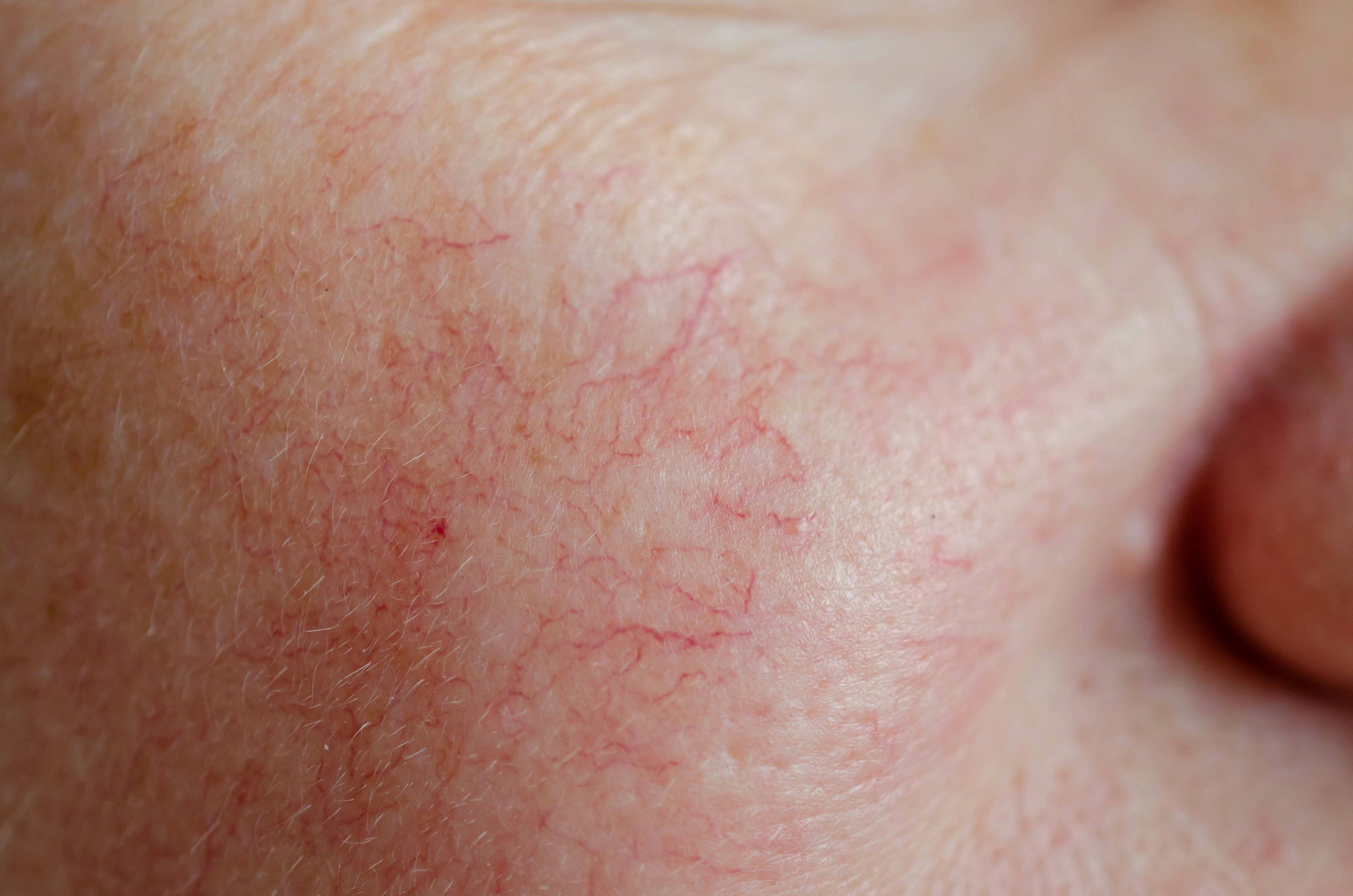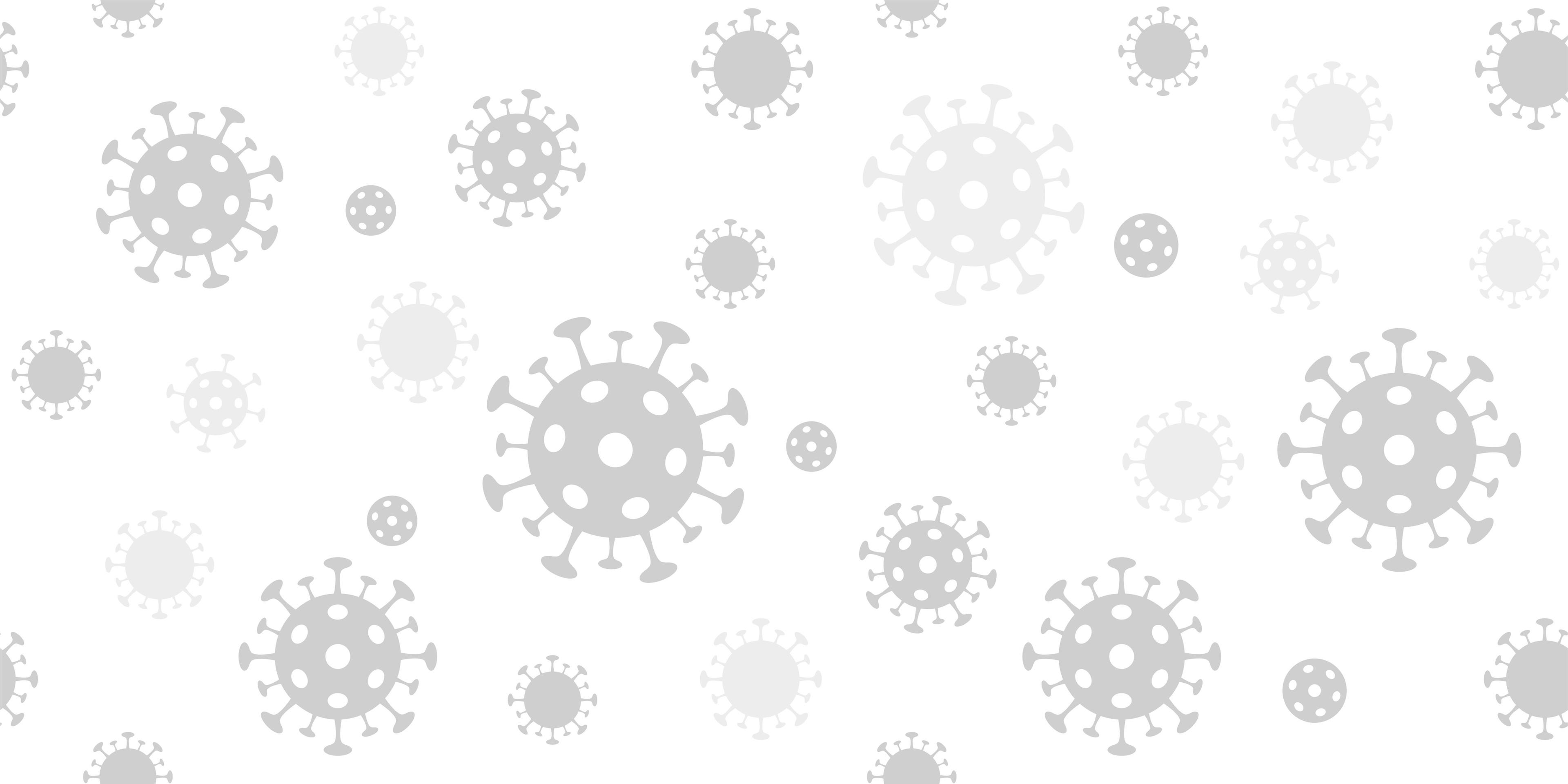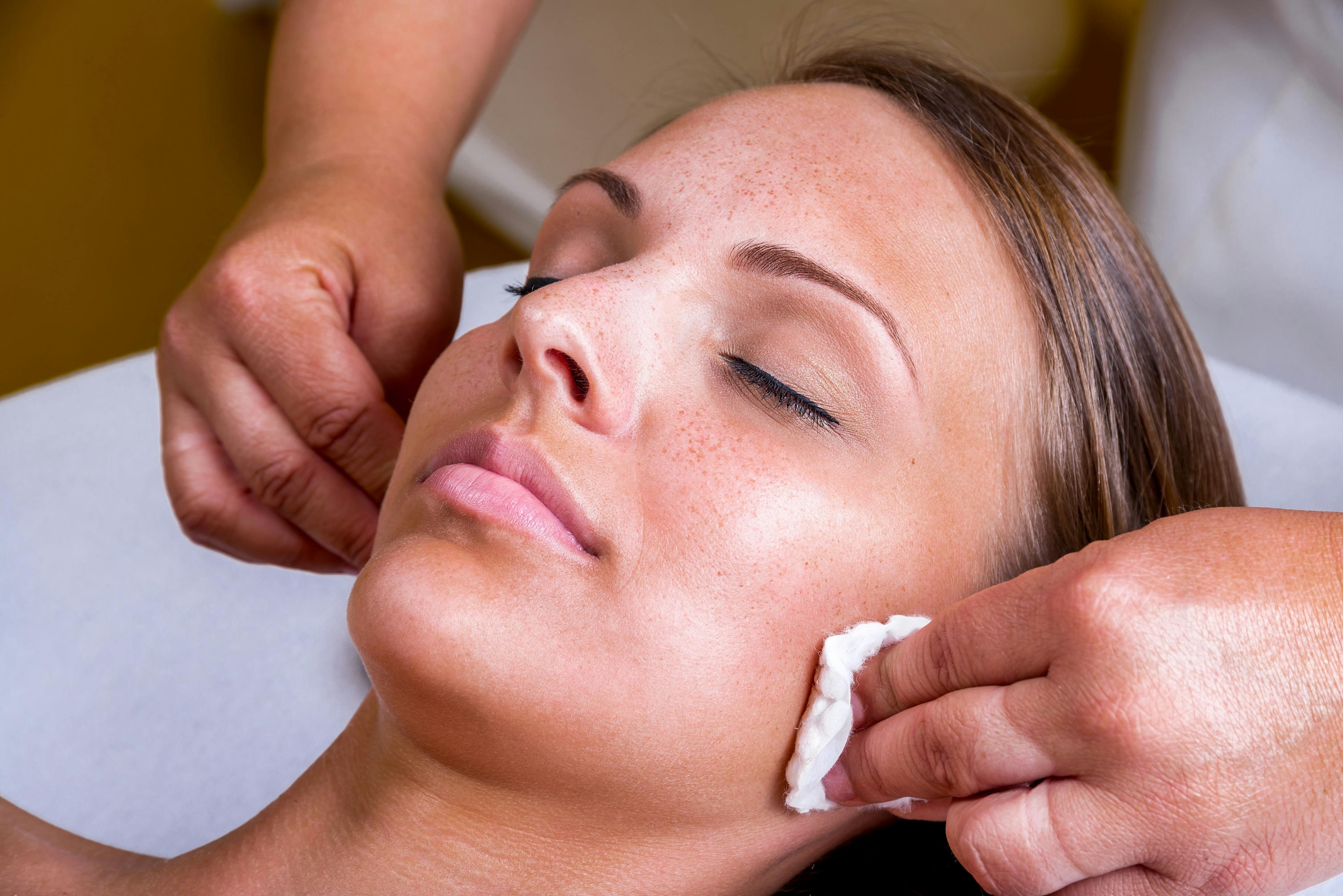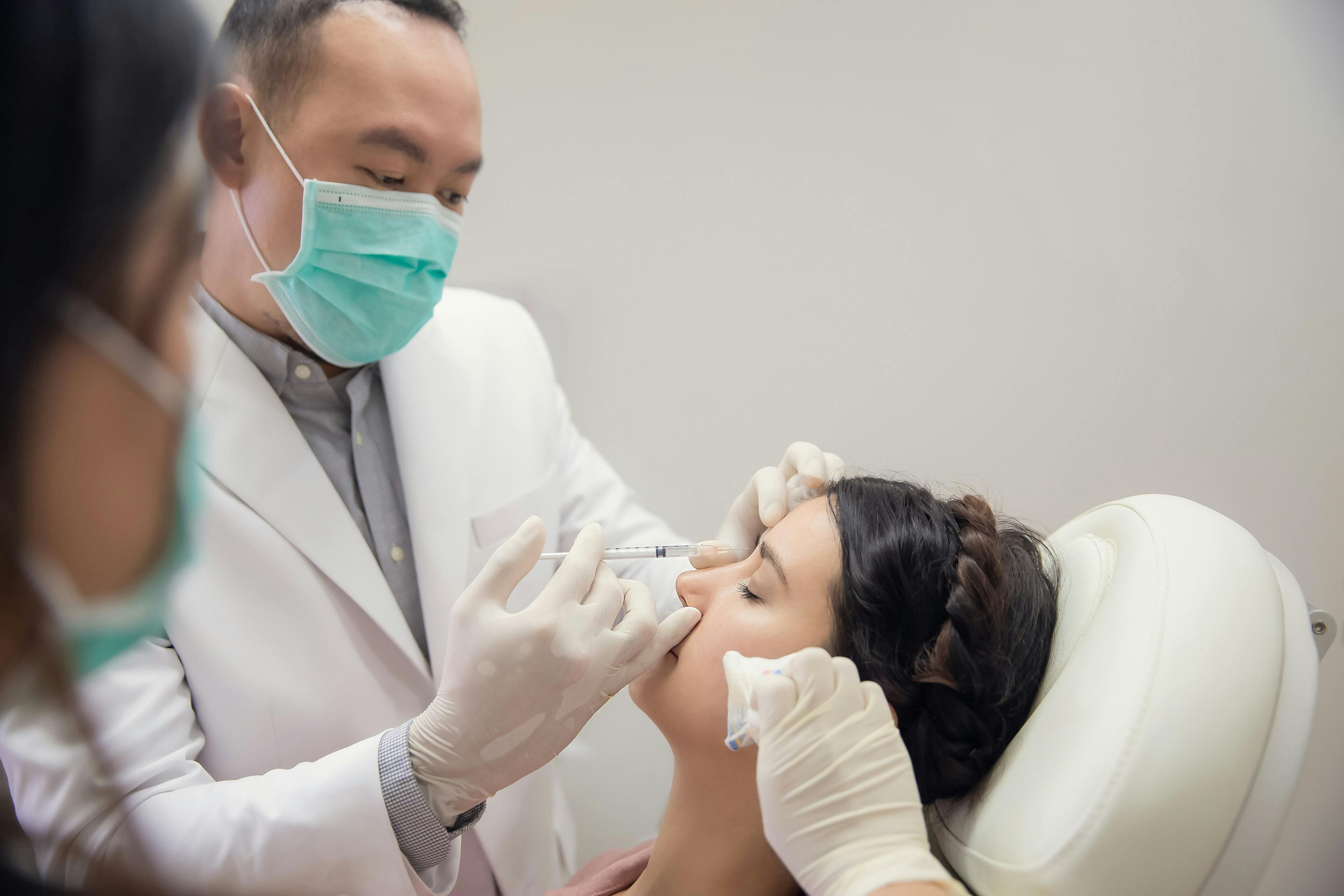- Acne
- Actinic Keratosis
- Aesthetics
- Alopecia
- Atopic Dermatitis
- Buy-and-Bill
- COVID-19
- Case-Based Roundtable
- Chronic Hand Eczema
- Chronic Spontaneous Urticaria
- Drug Watch
- Eczema
- General Dermatology
- Hidradenitis Suppurativa
- Melasma
- NP and PA
- Pediatric Dermatology
- Pigmentary Disorders
- Practice Management
- Precision Medicine and Biologics
- Prurigo Nodularis
- Psoriasis
- Psoriatic Arthritis
- Rare Disease
- Rosacea
- Skin Cancer
- Vitiligo
- Wound Care
Publication
Article
Dermatology Times
Hair and Skin Diversity Examined
Author(s):
In this month's Cosmetic Conundrums column, Dermatology Times® Chief Medical Editor Zoe Diana Draelos, MD, explore skin and hair diversity, including physiological and characteristic differences.
Q: Are there differences between Caucasian and African American skin physiology?
It is interesting to note that there are physiologic differences between the various Fitzpatrick skin types.
Although the corneocyte surface area is the same, there are 20 stratum corneum cell layers in African American skin compared with 16 cell layers in Caucasian skin. The desquamation rate for African American skin is 2.5 times that of Caucasian skin, perhaps accounting for the increase in skin ashiness, accompanied by the pigmentation of the desquamating skin scale. However, the stratum corneum lipid content is higher in African Americans than in Caucasians, but the ceramide level is lower. Melanophage and mast cell granule size are larger in African American skin. These unique differences may account for some dermatologic issues observed and can be addressed in customized skin care for the unique needs of all skin types.
Q: Are there differences in hair characteristics between Caucasian, African American, and Asian hair?
Zoe Diana Draelos, MD, chief medical editor, Dermatology Times®

There are many differences in hair structure between the various ancestries. Asian hair is straight because of its symmetrical round cross-section, whereas African American hair is spiral shaped because of its asymmetrical flattened elliptical cross section. Caucasian hair is intermediate in shape between spiral and straight because of the many different cross-sectional geometries that are seen.
African American hair breaks more easily than straight Asian hair. There is no difference in cuticle thickness and shape. Another reason African American hair may break more easily is the difference in the number of cuticle layers: There are 6 to 8 layers on the minor axis, but only 1 or 2 layers in the major axis. Remember, the cuticle is the protective, strong coat on the hair shaft.
The amino acid content of hair of all ancestries is the same, but the follicle structure is different, resulting in the different degrees of curl observed. The follicle is straight in Asian hair, helical in African American hair, and somewhere in between for Caucasian hair, depending on the degree of curl observed.
The degree of curl observed in hair of any ancestry can be modified because of the presence of water-deformable bonds, which can be reformed with heat or water. Hair ironing can be used to temporarily straighten African American hair, and hot rollers can be used to curl Caucasian or Asian hair. The temporary change in hair appearance will gradually revert to the natural shape, but water contact will rapidly remove any heat-induced effect. Of course, permanent waving that chemically rearranges the disulfide bonds can be used in any type of hair.
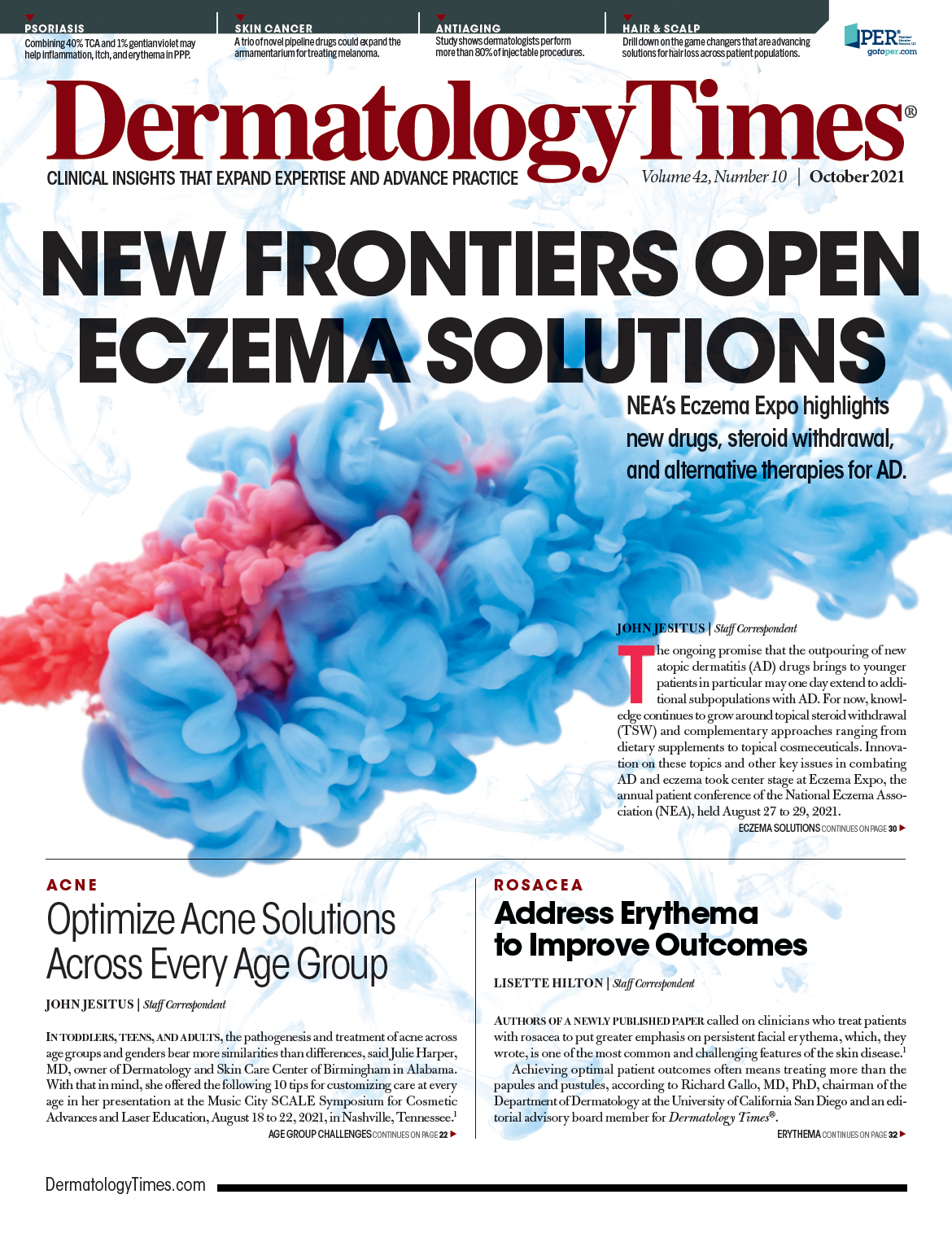
Newsletter
Like what you’re reading? Subscribe to Dermatology Times for weekly updates on therapies, innovations, and real-world practice tips.




